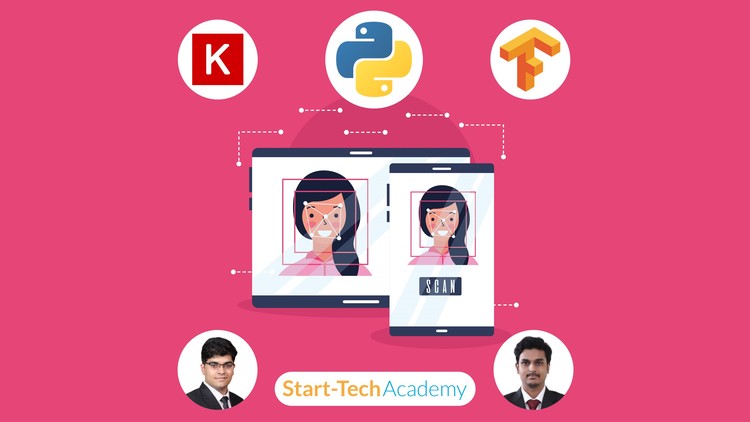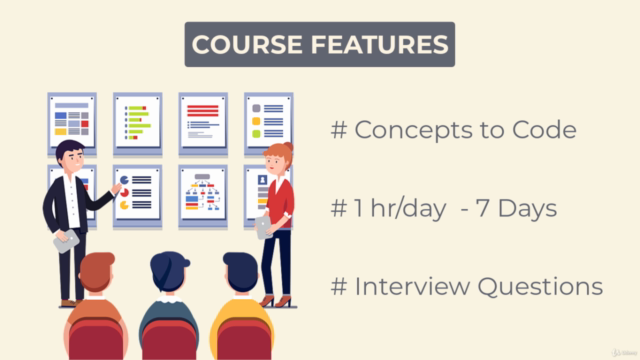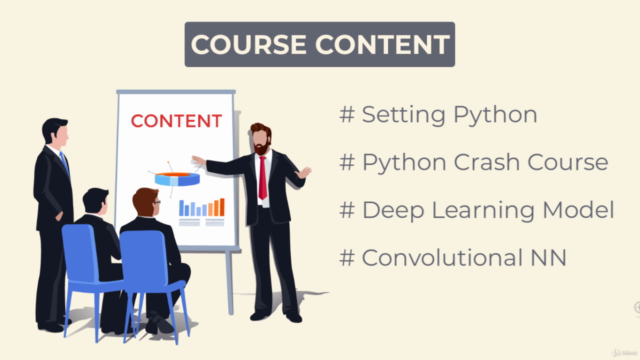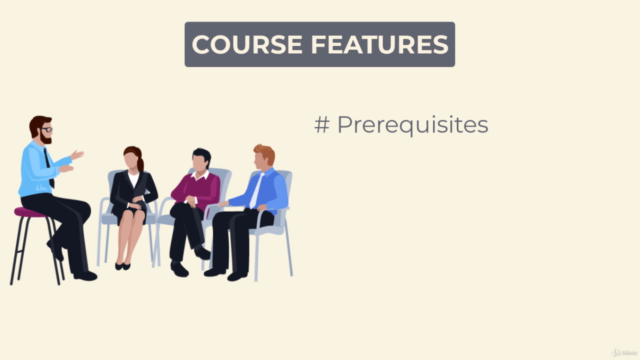Convolutional Neural Networks in Python: CNN Computer Vision
Python for Computer Vision & Image Recognition - Deep Learning Convolutional Neural Network (CNN) - Keras & TensorFlow 2
4.46 (1400 reviews)

129,216
students
8 hours
content
Feb 2025
last update
$74.99
regular price
What you will learn
Get a solid understanding of Convolutional Neural Networks (CNN) and Deep Learning
Build an end-to-end Image recognition project in Python
Learn usage of Keras and Tensorflow libraries
Use Artificial Neural Networks (ANN) to make predictions
Use Pandas DataFrames to manipulate data and make statistical computations.
Screenshots




Related Topics
2737836
udemy ID
1/4/2020
course created date
2/7/2020
course indexed date
Bot
course submited by